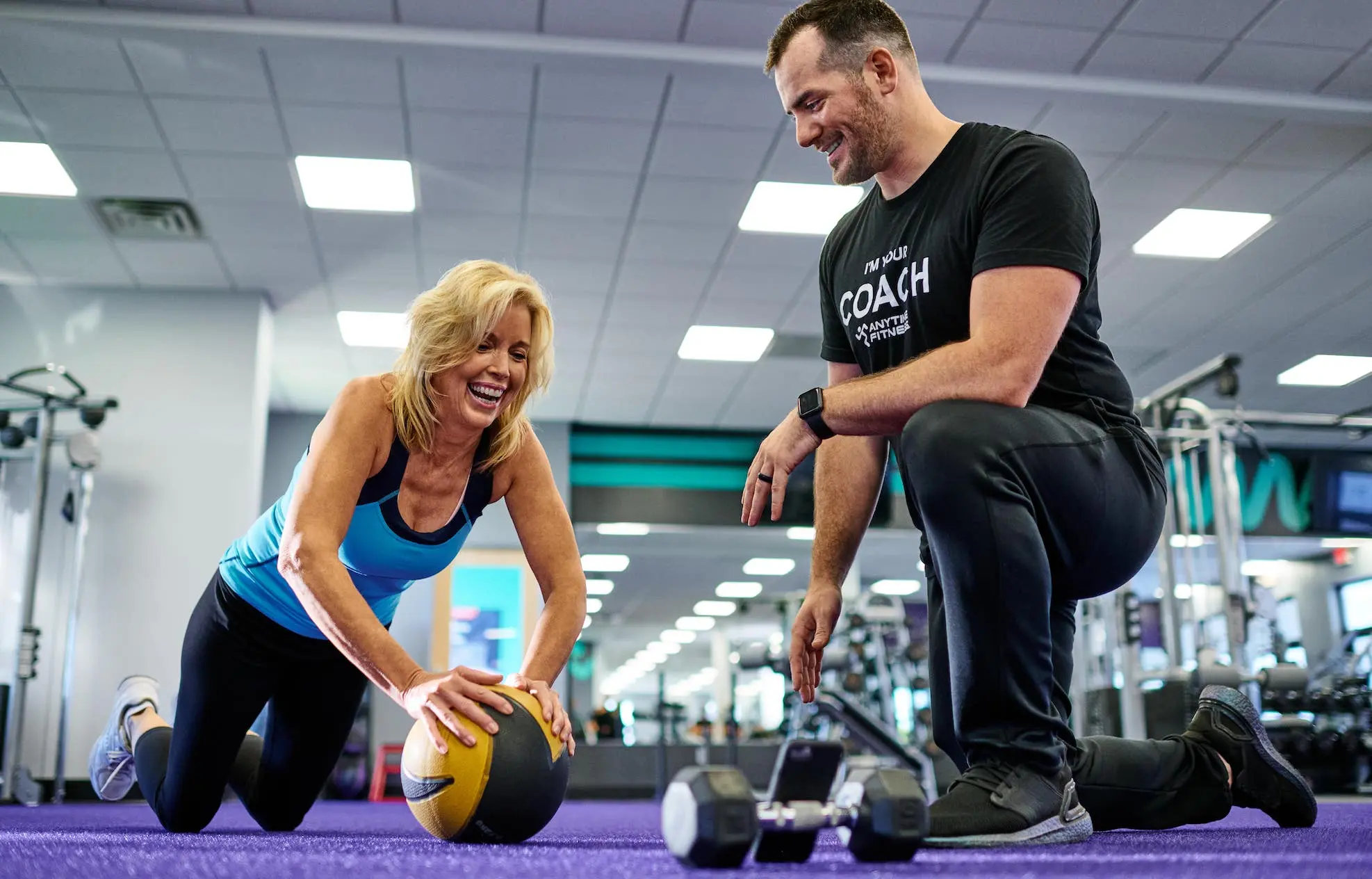With information that Amazon is sunsetting its Amazon Care healthcare initiative, Peloton’s pivot to a extra open ecosystem for its app and content material and upbeat outlooks for the battered purchase now, pay later sector seeing mild on the finish of the tunnel (it’s not a prepare), it’s a combined bag of topsy-turvy exercise begging for a shot of readability in what’s been a bizarre week.
That’s on prime of the hunt for offers and extra offers as customers commerce down from premium manufacturers and most well-liked retailers look to stretch {dollars} quickly dropping their shopping for elasticity.
Subscriptions are a technique that manufacturers and retailers can lock in spending and loyalty at instances like this, as sticky.io President and CEO Brian Bogosian stated, becoming a member of PYMNTS’ Karen Webster to debate this and different information in the most recent installment of “This Week in Payments.”
Farewell, Amazon Care
This week noticed the shock announcement that Amazon will shutter its Amazon Care division, based in 2019 as an worker telehealth profit that the eCommerce big moved to develop nationwide. But with its $3.9 billion acquisition of One Medical, it appears Amazon is shopping for right into a extra scalable mannequin. One Medical expenses a $199 annual membership price.
“As we take our learnings from Amazon Care, we’ll proceed to invent, study from our clients and trade companions, and maintain ourselves to the best requirements as we additional assist reimagine the way forward for well being care,” Amazon Health Services Senior Vice President Neil Lindsay stated in a memo shared with The Wall Street Journal and different media shops.
On this depend, Bogosian sees the huge healthcare sector as (ahem) prime for subscriptions. He known as Amazon’s One Medical transfer “a really intelligent means to offer individuals with protection, and I believe that it does play into not solely the healthcare phase, however all of the adjacencies across the merchandise required to assist individuals in the healthcare space which can be additionally accessible on the identical platform. They’ll be capable to create attention-grabbing bundles.”
Read More: Amazon Sunsets Amazon Care as It Beefs Up Healthcare Services
Peloton Pushes Open Ecosystem
Embattled Peloton is shifting to proper to the ship — or stationary bike, should you favor — with CEO Barry McCarthy telling analysts on the corporate’s fourth-quarter earnings name Thursday (Aug. 25) that stratified pricing prioritizing subscriber development over {hardware} gross sales is the brand new focus.
McCarthy acknowledged that round half of Peloton clients are utilizing its health content material on non-Peloton {hardware}. “I might be delighted so that you can use our content material on any individual else’s {hardware} that you just’ve already bought. That’s the large put in base and I believe it is a huge alternative for monetization for us and we’re going to lean into that phase,” he stated.
Bogosian lower to the chase, saying, “{hardware} is a loser in the long term. Moving to an agnostic software program place goes to be most likely the fitting factor for them to do. It jogs my memory plenty of Blackberry. You had these gadgets and in the top it was the software program, and the software program on Android after which iOS clearly killed that enterprise.”
He stated to develop “I believe it will be essential that they construct different bridges and alliances, and I do not assume Amazon is the reply and even near being the reply for them. They’re going to wish to search out different important distribution channels the place their software program and content material may be leveraged in a significant means” and reposition the enterprise mannequin.
Not surprisingly, Bogosian stated for Peloton, “It’s all about subscriptions. They have to construct up that buyer base, and a good portion of these clients — the bulk ultimately — might be gear agnostic.”
Read More: Why Peloton’s Biggest Problem Isn’t the Hardware
Food for Thought
As meals costs rose all through the primary half, customers acquired inventive in the place to search out the very best bargains. Surprisingly, a few of these offers discovered eating places beating out groceries.
Based on a survey of two,669 U.S. customers, the PYMNTS’ August report, Digital Economy Payments: Consumers Buy Into Food Bargains, discovered that buyers typically dined much less at eating places in comparison with the earlier month, dropping from 72% to 70%.
But bridge millennials who made restaurant purchases elevated from 72% in June to 74% in July, as the share of millennials rose from 71% to 72%, “responding to the truth that restaurant costs, particularly restricted menu or fast-food service costs, rose at a a lot slower price than grocery costs, which means eating places could show an inexpensive and handy possibility.”
It’s all a mirrored image of the tough financial street forward, Bogosian stated. “The inflation charges are nonetheless dangerous and rates of interest are nonetheless rising. I believe we’re in for some tough sledding for the following 12 months or two. Companies should be ready to proceed to run their companies profitably and to maintain [against] a longer-term headwind. I do not see something that is going to keep away from that.”
Get the Study: Digital Economy Payments: Consumers Buy Into Food Bargains
Seeking Affirmation
Despite getting clobbered premarket buying and selling on Friday after reporting fiscal This autumn and full-year earnings on Thursday (Aug. 25), purchase now, pay later big Affirm nonetheless logged a 31% transaction enhance versus 8% a 12 months in the past. and PYMNTS analysis finds that greater than 46% of child boomers and seniors and 71% of BNPL customers with incomes over $100,000 elevated their use of BNPL in the final 12 months.
“I believe we’ll see a bit little bit of a pullback in that, however it’s an vital device to be utilized by retailers to get individuals in,” Bogosian stated, though he sees huge adjustments down the street.
As for the prospects he stated, “fast development in that sector may also cool for positive. Affirm did submit good numbers so I’m hoping that they proceed to take action right here in the approaching quarters,” however he sees BNPL changing into of “a characteristic inside e-commerce platforms than it does a standalone product. You will see that it is going be troublesome for these unbiased purchase now pay later firms to squeeze out a major market share as those who management the checkout with retailers are going to supply their very own taste, their very own model of the answer.”
Get it Now: The Buy Now, Pay Later Tracker®
New PYMNTS Study: How Consumers Use Digital BanksA PYMNTS survey of two,124 US customers reveals that whereas two-thirds of customers have used FinTechs for some facet of banking providers, simply 9.3% name them their major financial institution.
Sign up for our day by day publication.
You have efficiently joined our subscriber listing.
We’re at all times looking out for alternatives to associate with innovators and disruptors.
Learn More
https://www.pymnts.com/economy/2022/inflation-slows-to-lowest-rate-in-6-months/partial/
See More In: Amazon, BNPL, Brian Bogosian, Connected Economy, Consumer Spending, Digital Economy Payments: Consumers Buy Into Food Bargains, Digital Payments, ecommerce, financial system, News, Peloton, PYMNTS Study, pymnts television, Retail, sticky.io, This Week In Payments, video
https://www.pymnts.com/news/payments-innovation/2022/this-week-in-payments-amazon-care-exits-peloton-peddles-content-bnpl-shifting-and-the-inflation-food-fight/



